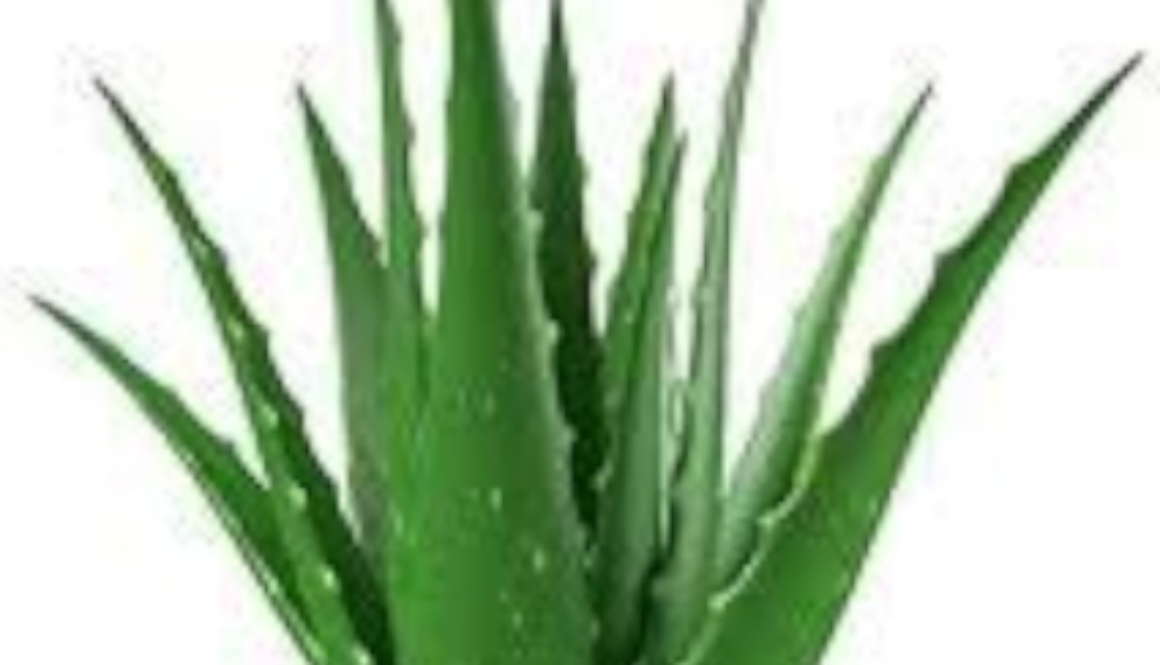CLIMATE: Grows well in tropical conditions. Young plants require protection from hot winds of summer, but mature plants can tolerate temperature up to 46°C. Annual rainfall of 630-800 mm gives a good yield.
SOIL: Well drained fertile loamy soil is best; however, Amla can be grown in light as well as heavy soils except purely sandy soil. The plant has capacity for adaptation to dry regions like Delhi NCR.
PROPAGATION AND PLANTATION: Amla is generally propagated through seeds, but seed propagated trees bear inferior quality fruits and have a long gestation period. For effective result, shield budding is done on one year old seedlings with buds collected from superior strains yielding big size fruits. The older trees of inferior types can be rejuvenated and easily changed into superior type in this way.
During May-June, before planting the grafted seedlings, pits at a distance of 4.5 m spacing with a size of 1m3 need to be prepared and should be left for 15-20 days exposed to sunlight. The pits should be filled with surface soil mixed with 15 kg farmyard manure and one kg of super phosphate before planting the seedlings in per hectare.
PLANT PROTECTION: Medicinal plants should be grown without chemical fertilizers and use of pesticides. Organic manures like, farmyard manure, vermicompost, green manure, etc. may be used as per requirement of the species. To prevent diseases, bio-pesticides could be prepared (either single or mixture) from neem (kernel, seeds & leaves), chitrakmool, dhatura, etc.
IRRIGATION: Young plants require watering during summer months at 15 days interval till they have fully established. For mature fruit bearing plants, it is advised to water at bi-weekly intervals during summer to increase fruit set and to reduce fruit drop. In summer the plant responds very well to drip irrigation, as the water directly placed at root zone. Hence, also minimize evaporation.
Amla plants hardly require irrigation during monsoon. After the monsoon rains, during October-December about 25-30 liters of water per day per tree through drips should be given to mature plants.
HARVESTING: Amla seedlings start bearing fruits 7-8 years after planting, while the grafted seedlings start bearing fruits from the 5th year onwards. The fruits are light green at first, but when they mature become dull greenish yellow. Best harvesting time for fruits is February when the fruits have maximum Vitamin C content. The mature fruits do not fall for gentle touch and therefore vigorous shaking is required. Fruits can also be harvested using long bamboo poles attached to hooks.
USES
Amla has great importance in traditional medicine, not only as an antiscorbutic, but also for the treatment of diverse ailments, especially those associated with the digestive organs. It is a good source of Vitamin C, alleviates common cold symptoms, improves digestion and overall immunity. It also improves skin and eyesight, reduces fat, relieves pain, use in hair care therapies etc.
Apart from medicinal uses, amla fruits can be eaten raw, can be cooked as pickle or lentil dishes. Sometimes the unripe seeds are used for preparation of black salt. The bark, as well as the roots, leaves and immature fruits, are highly valued as a source of tannins. The branches are often used as green manure. The leaves are used as dyeing substance.




